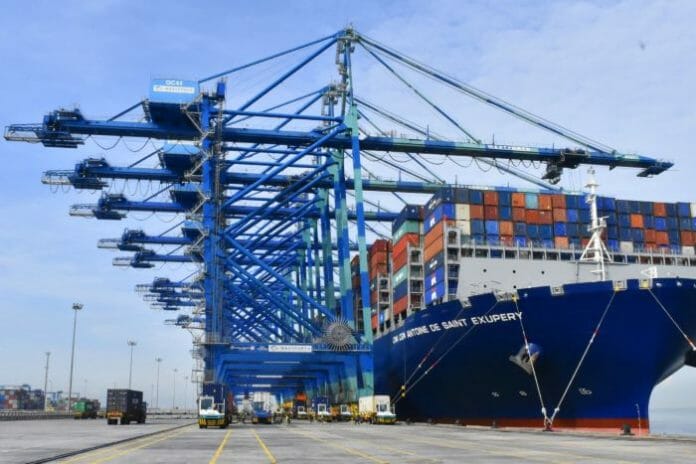The latest trade report from the Department of Statistics Malaysia showed that the total trade continued to fall, declining by -14.4%yoy (Jun-23: – 16.2%yoy), although the trade value remained above RM200b. The annual decline was attributable to both lower exports and imports against Jul-22.
Following a monthly decline in exports by +5.8%mom and +1.3%mom increase in imports, the trade surplus shrank to RM17.1b (Jun-23: RM25.5b), attributable to a smaller surplus in the trade of manufactured goods mainly E&E products and larger deficits in trade of transport equipment and machinery, equipment & parts. For the 7MCY23, a -5.9%yoy decline in exports and -6.5% drop in imports resulted in total trade declining by -6.1%yoy. According to MIDF, weak exports were closely linked to weaker external demand. For imports, although the decline may be linked to lower price effects, the house believes it signaled a cautious approach by local producers and suppliers in response to concerns over the stability of the demand outlook.
GDP growth in 2QCY23 as the size of surplus shrank -8.8%yoy in 2QCY23. The decline in real exports, as measured
by the volume change, was slightly larger at -4.9%yoy vis-à-vis -4.7%yoy drop in real imports. The decline in 2QCY23 will mark a contraction for real goods exports for 2 straight quarters, last seen in 1HCY20 during the first movement control order (MCO). On the other hand, we expect negative contribution from trade of goods will be cushioned by the recovery in services exports, underpinned by tourism recovery and higher tourist arrivals
In view of this MIDF said it will revise its projections for both imports and exports to fall sharper at -6.9% (previous forecast: -3.4%) and -6.4% (previous forecast: -1.9%), respectively, because recent data pointed to continued weakness in international trade. Previously the house said it assumed China’s recovery could provide a positive spillover, but we now expect the boost will be limited in view of the recent concerns on slowing growth momentum in China and calls for stimulus from the government. Moreover, with final demand from advanced markets such as the US and Europe expected to weaken, this supports subdued demand in the latter part of the year. The weakening demand will be due to the effect of high-interest rates on consumer spending following policy tightening by monetary authorities. If rates were to be hiked even higher, the demand outlook could weaken further going into next year. For imports, the revised forecast reflects MIDF’s
anticipation that imports will also decline as producers will continue to be cautious about the demand outlook, mainly
for trade-oriented industries









